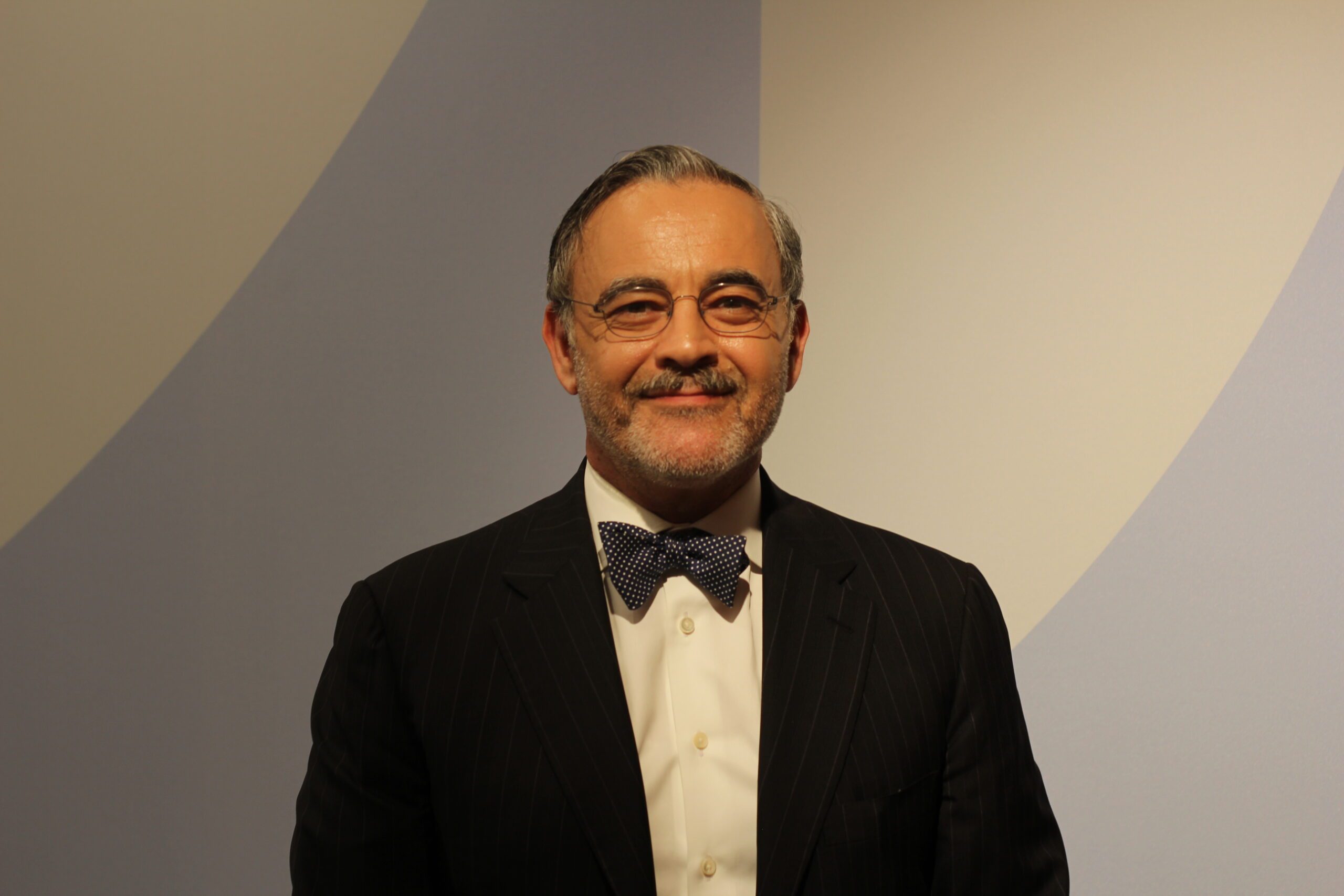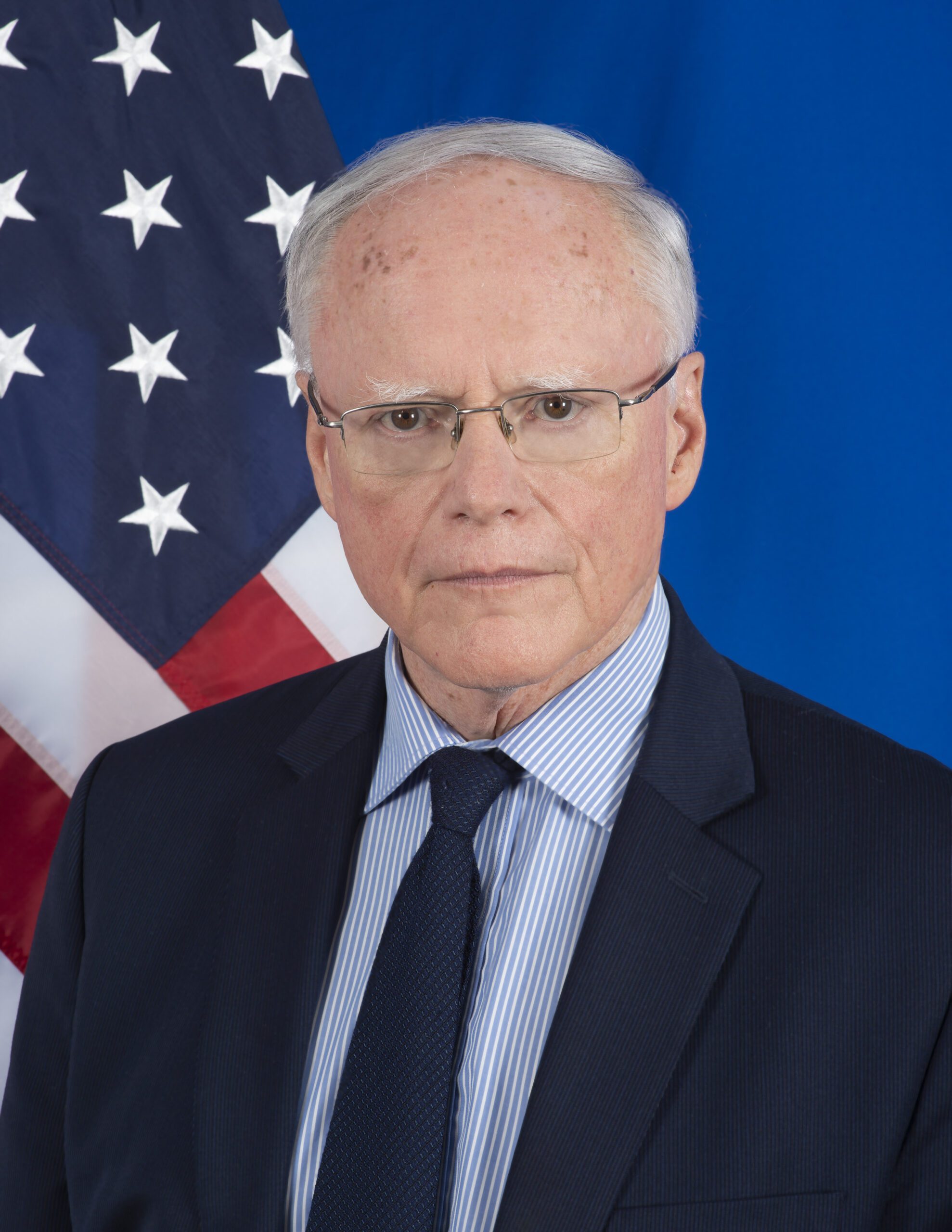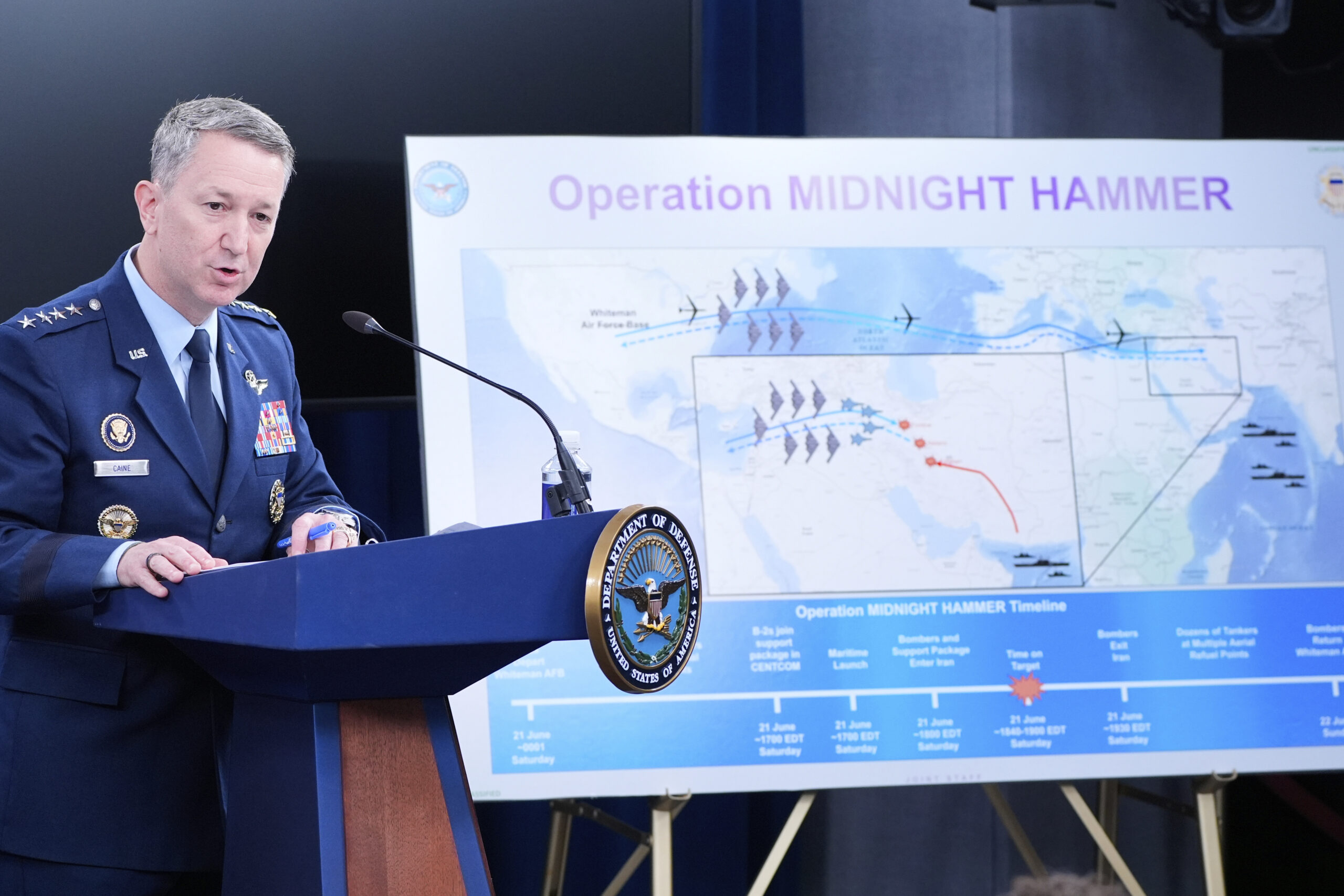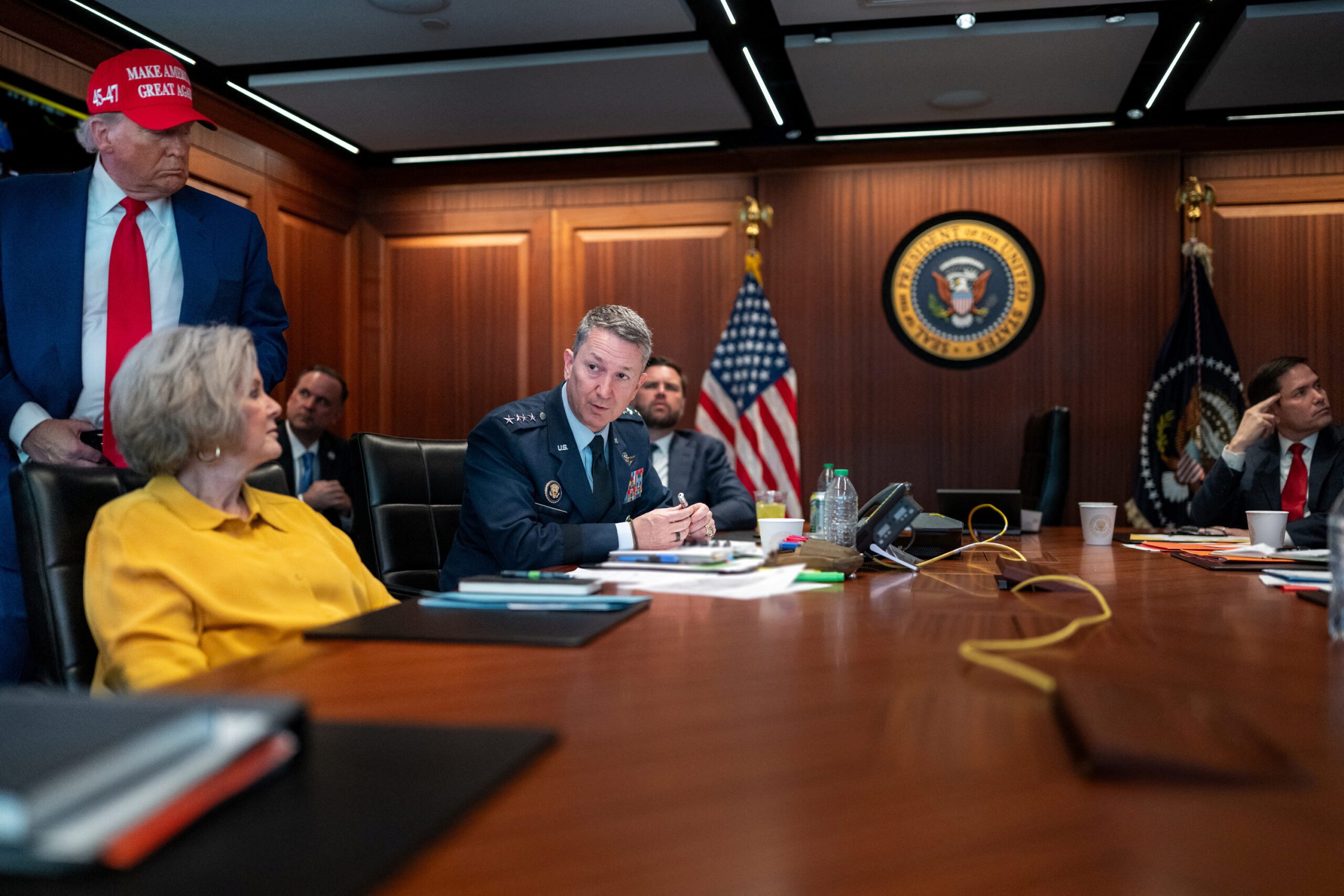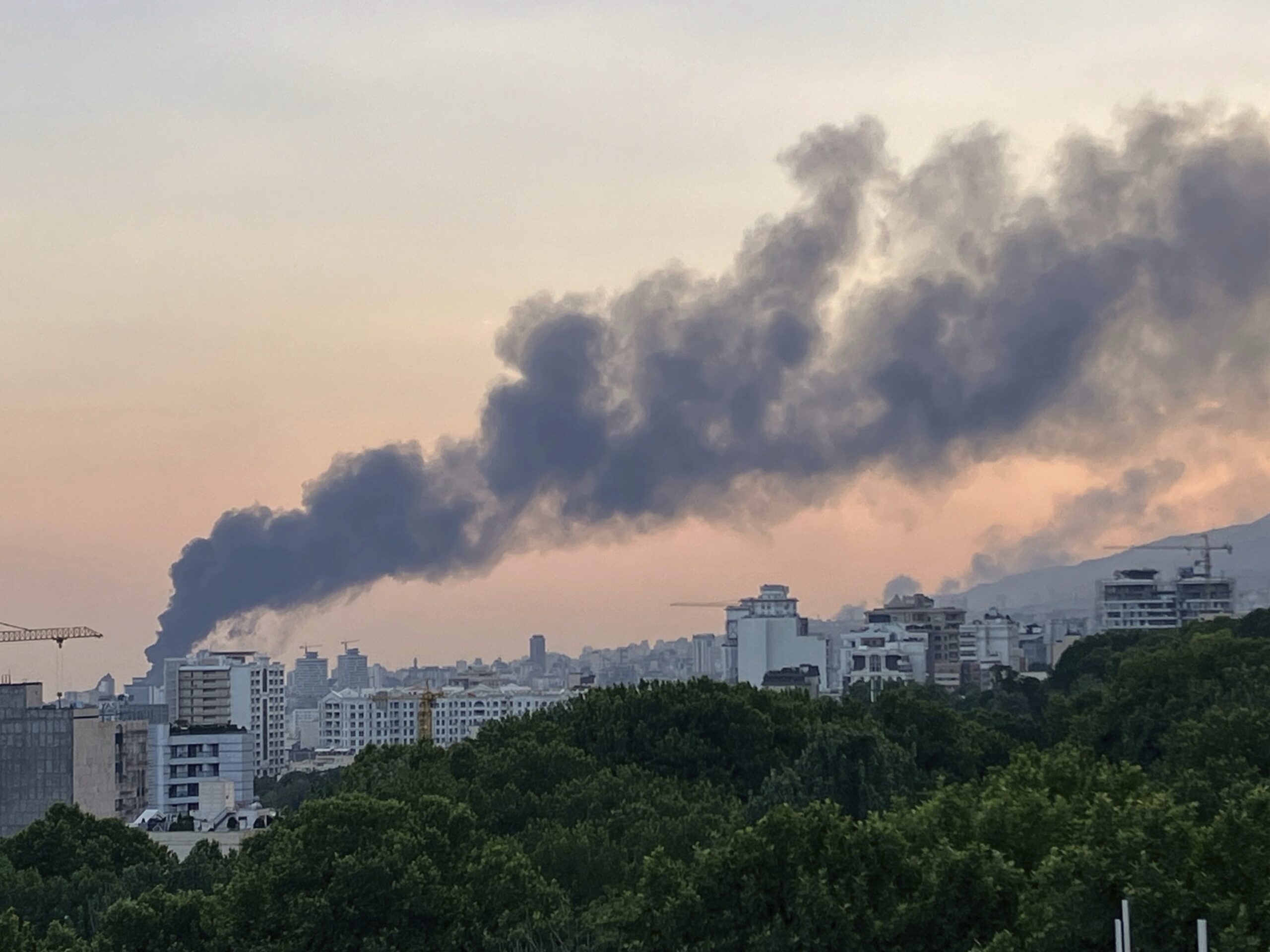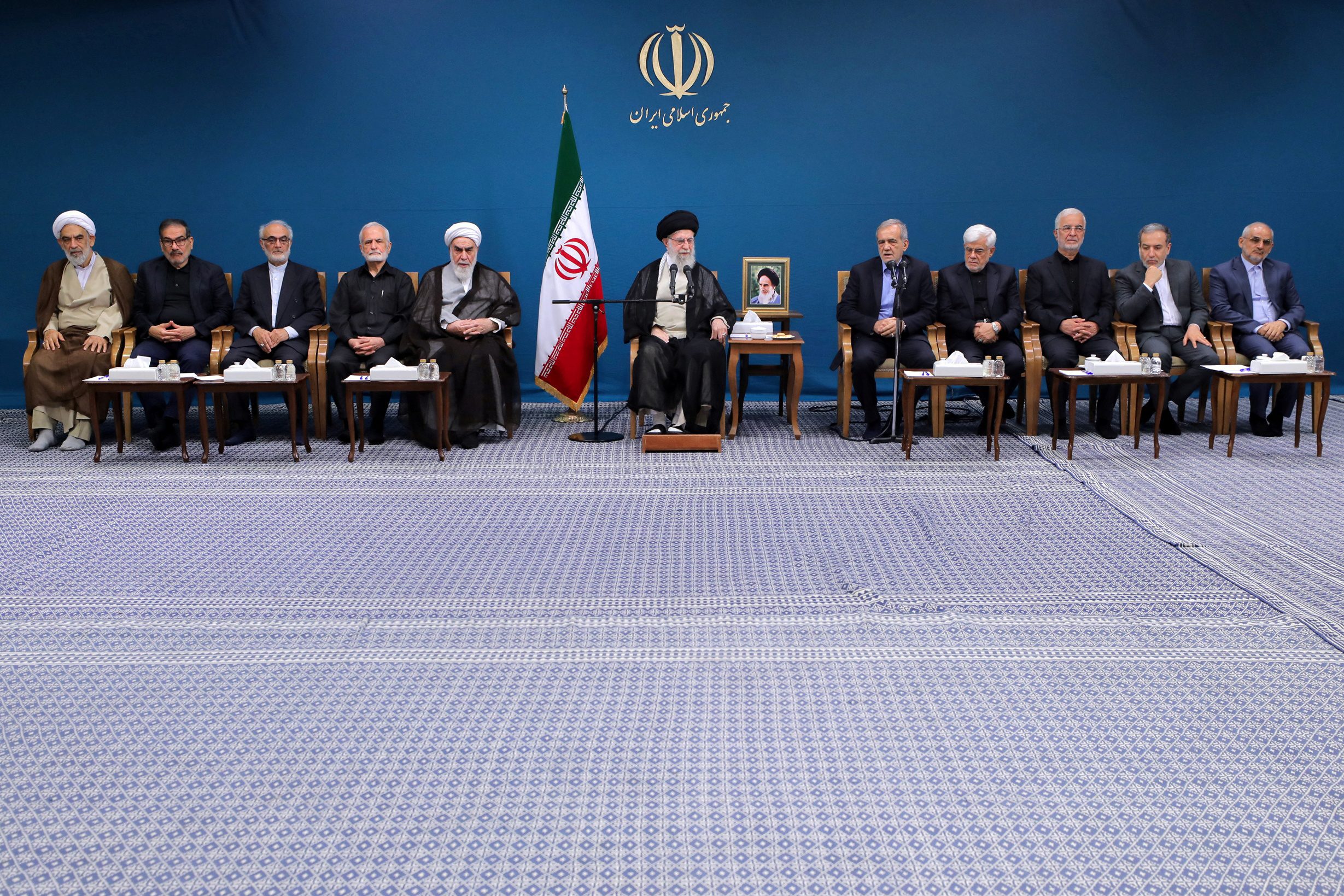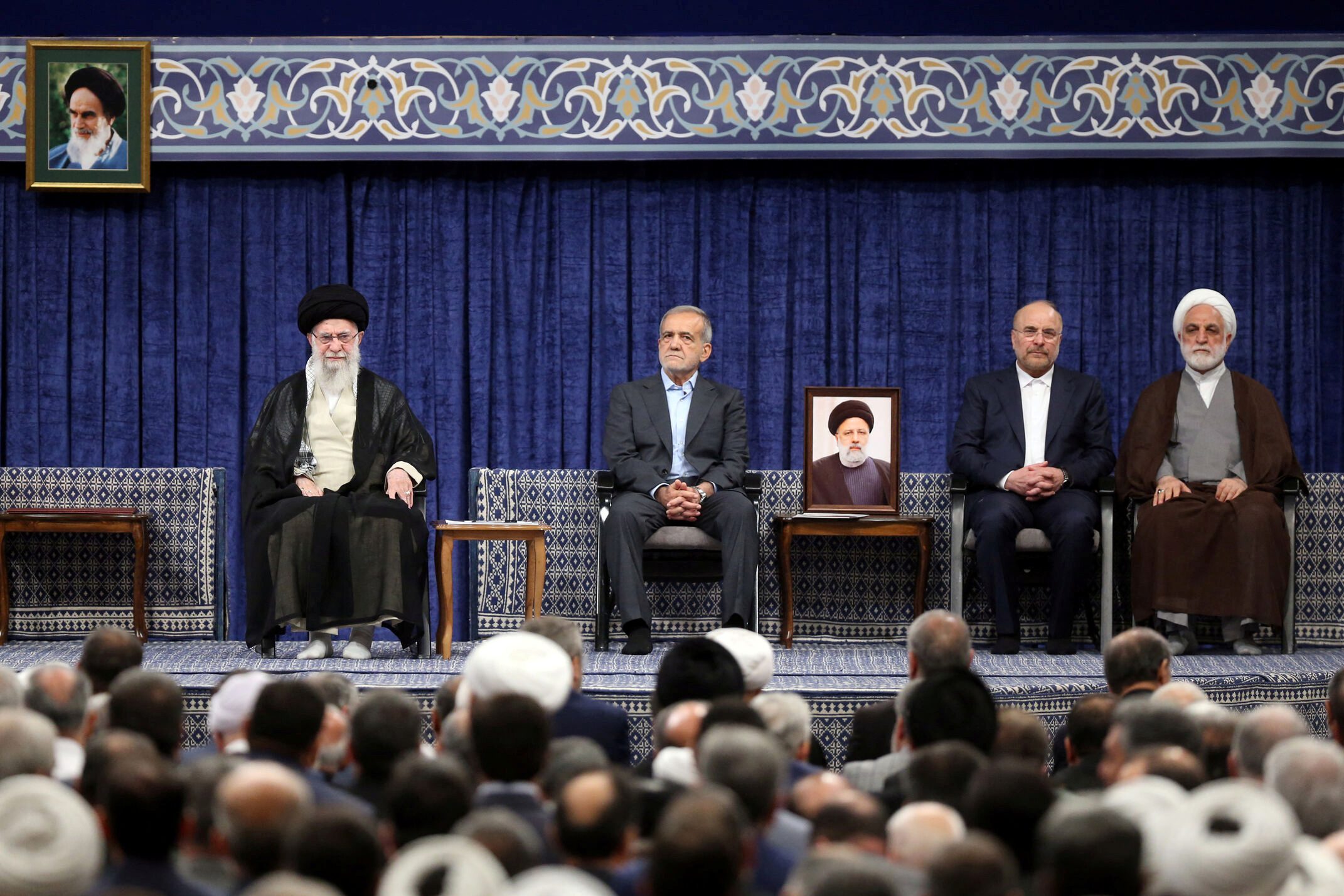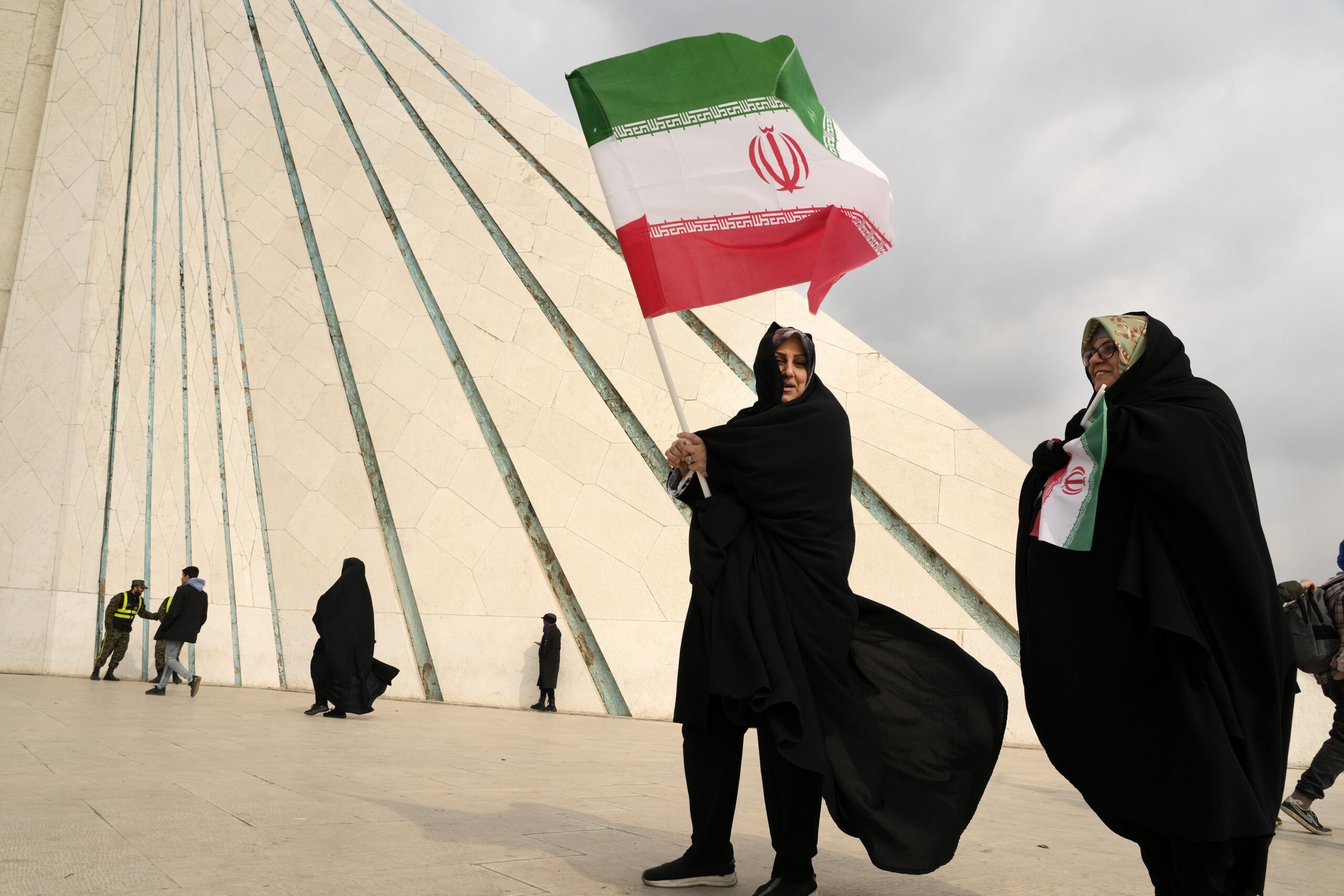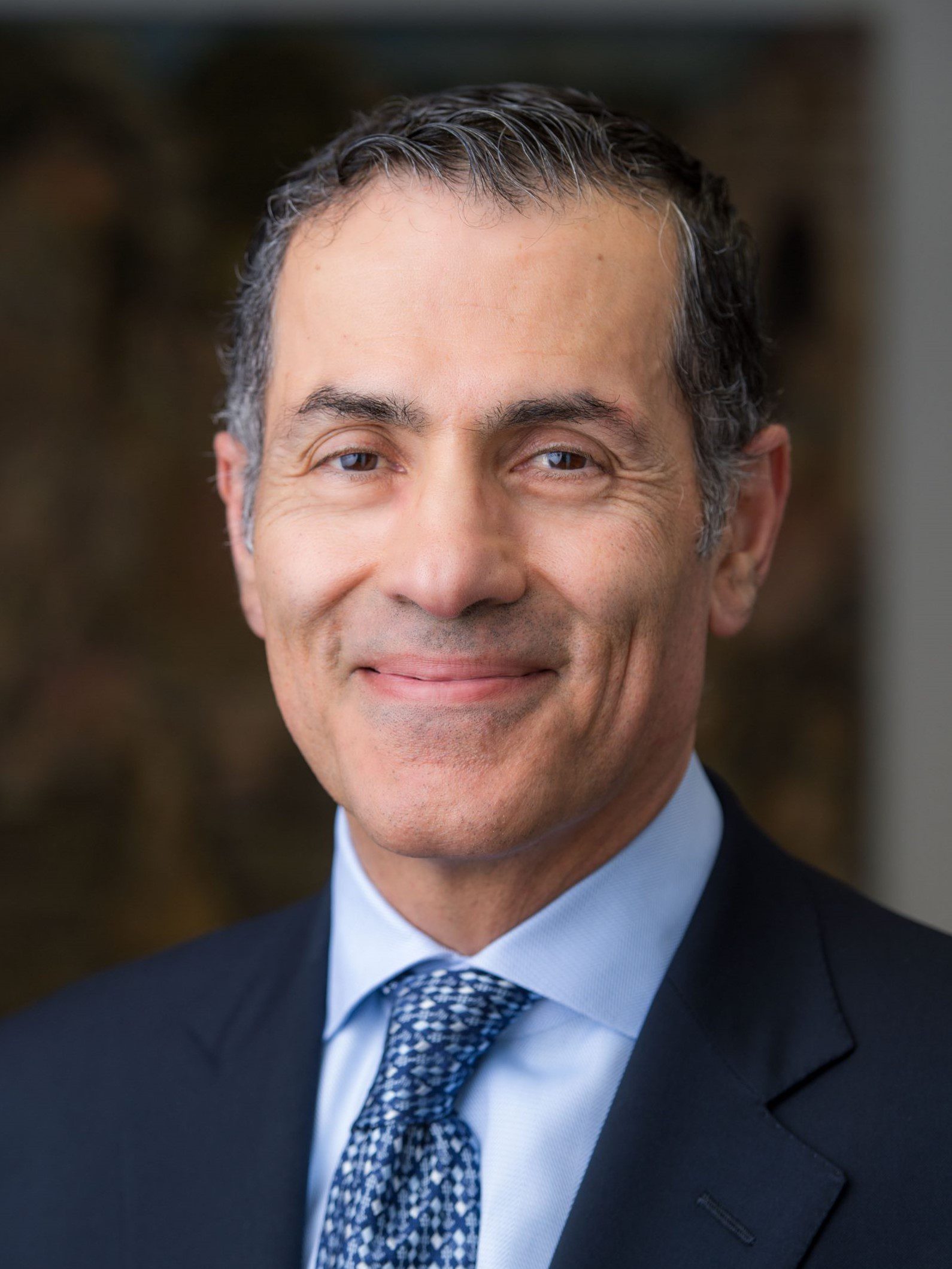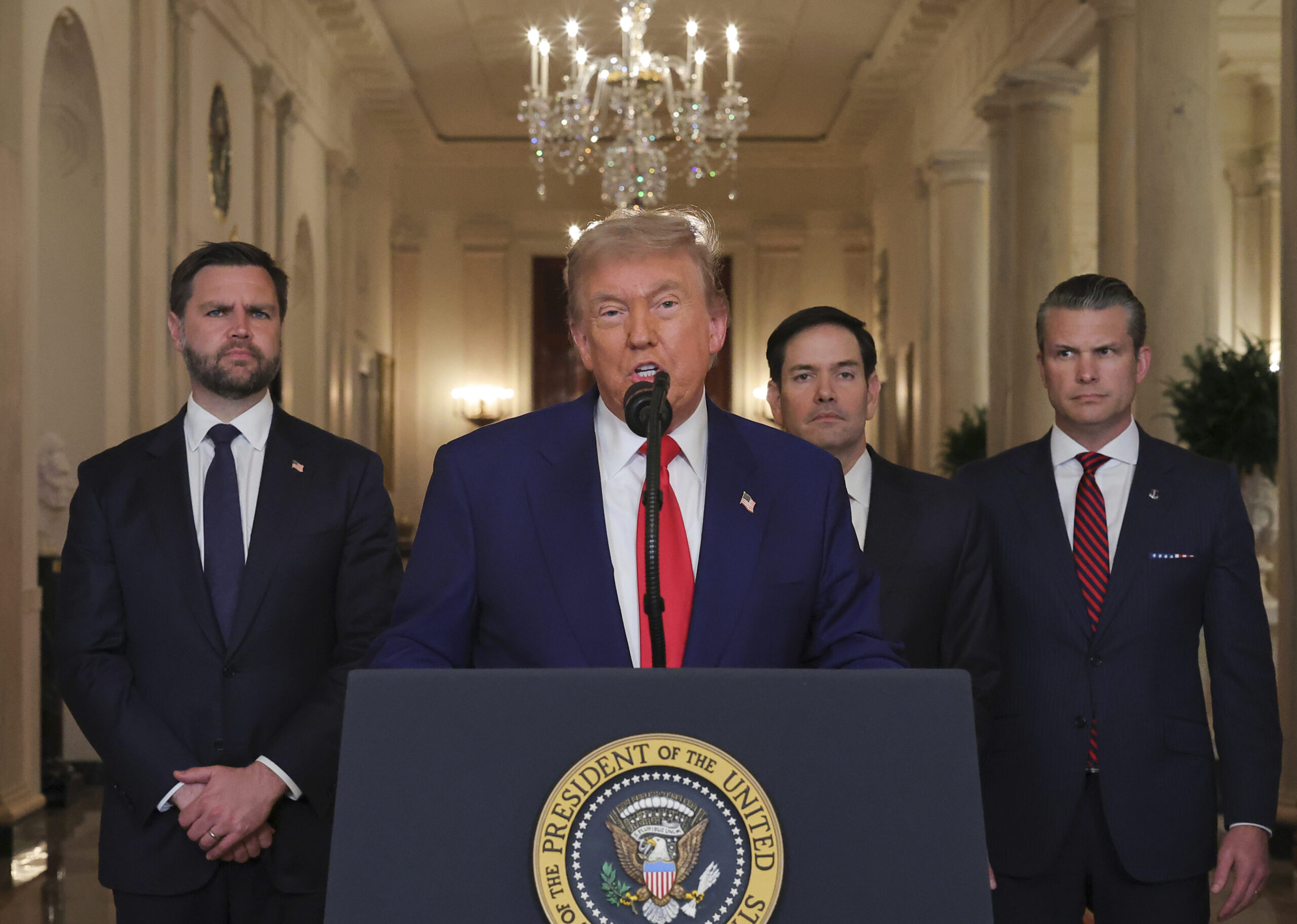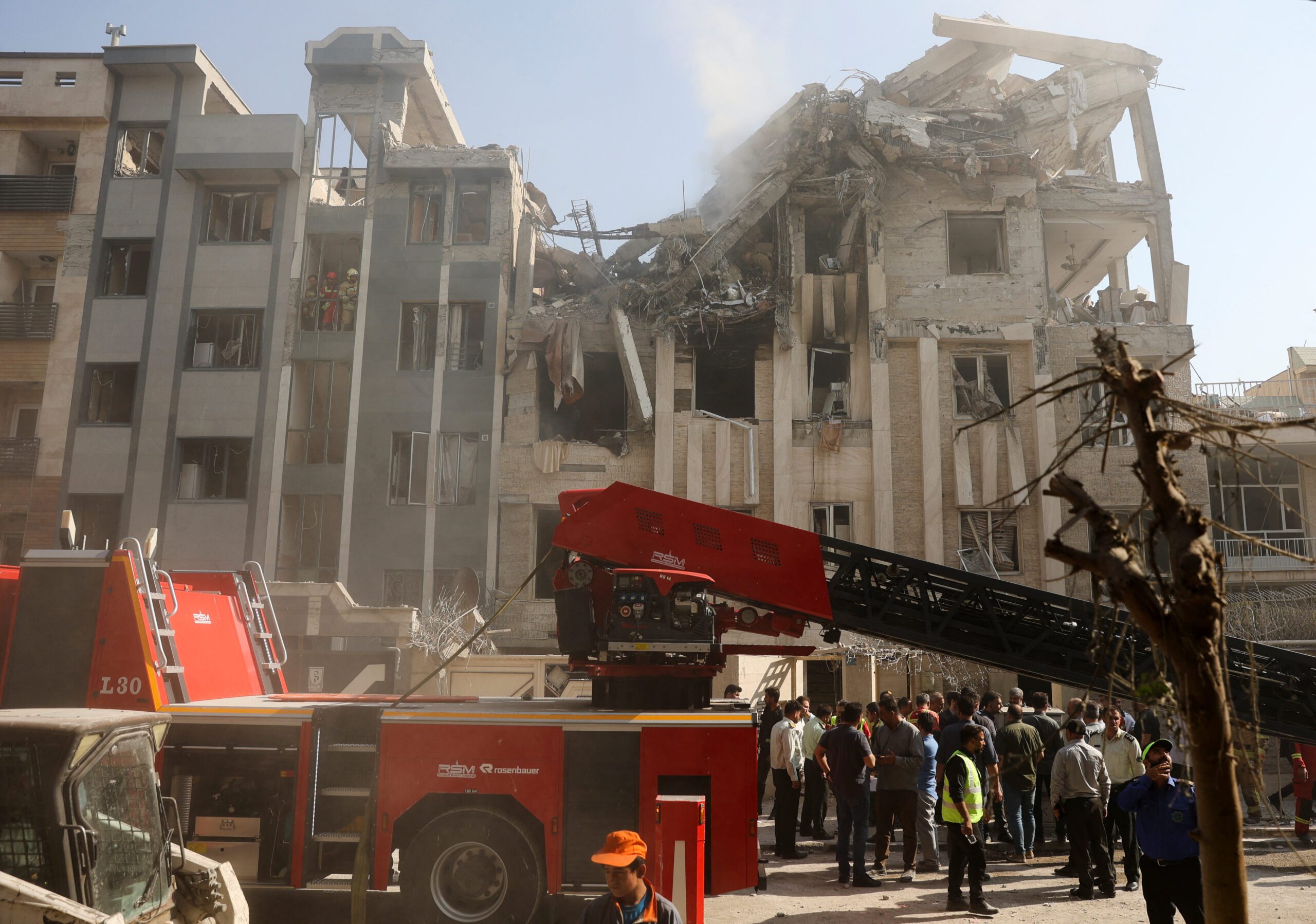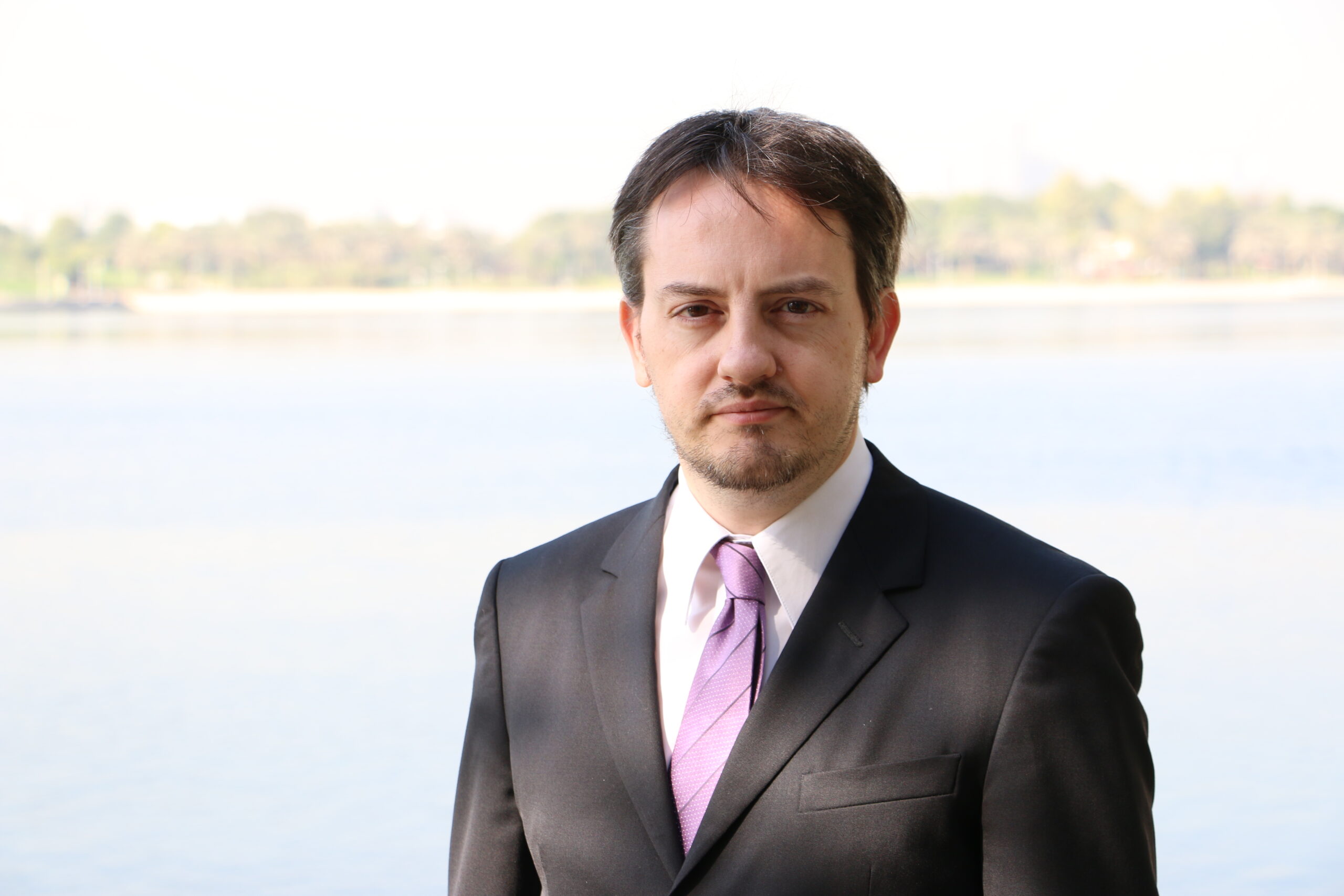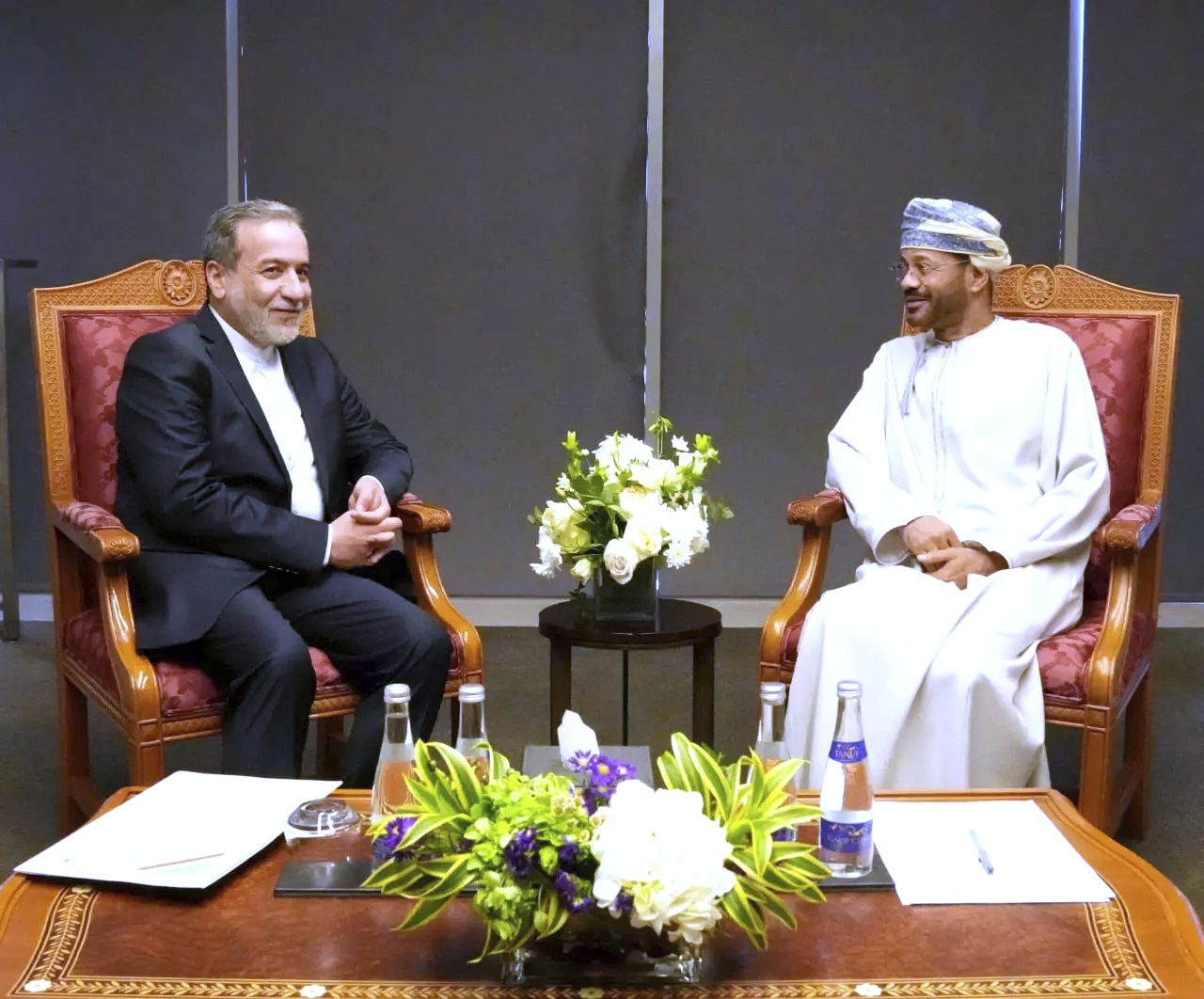Iran’s Strategic Dilemma: Capitulation or Parity?
The current cease-fire may just be an interregnum between rounds of conflict between Israel and Iran, as Iranian decision makers appear more inclined to pursue strategic parity than capitulate.
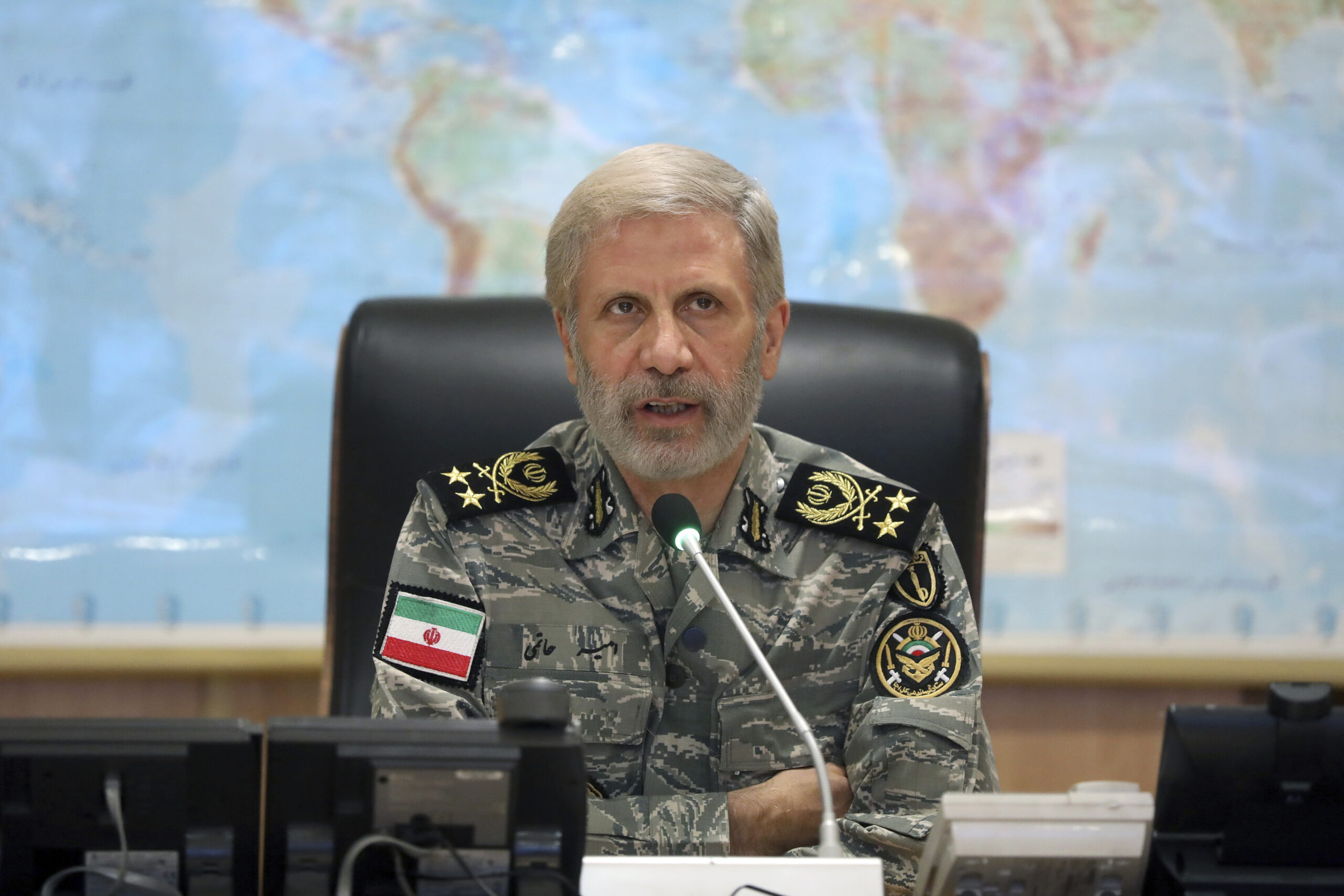
Defeated, yet not vanquished, the Islamic Republic of Iran has been humiliated and strategically degraded by Israel but is enduring. Iran’s strategic decision makers now confront a core strategic dilemma: whether to acquiesce to a coerced dismantling of the country’s nuclear infrastructure and missile capabilities or resist and pursue strategic parity with Israel through nuclear weaponization. At present, several indicators suggest the regime, lacking real alternatives, may be opting for the latter course.
Although unlikely, capitulation is not without historical precedent. In July 1988, Grand Ayatollah Ruhollah Khomeini, the founder of the Islamic Republic, famously drank from “the chalice of poison” by accepting a cease-fire in the war with Iraq, thereby breaking his earlier promise to punish Iraqi President Saddam Hussein, whose army had invaded Iran in September 1980. Iran faced catastrophic battlefield setbacks in the first half of 1988, and the Islamic Revolutionary Guard Corps commander, Mohsen Rezaei, in a secret letter told the supreme leader that victory would require a massive infusion of resources and advanced weaponry, including a nuclear bomb the civilian leadership could not possibly provide. Under these conditions, Khomeini ultimately agreed to end the war. He lost face, but for the first time since Nader Shah’s victory over the Mughal Empire at the Battle of Karnal in 1739, Iran emerged from a war without territorial loss.
This time, too, capitulation may not entail territorial loss but would effectively amount to Iran’s strategic disarmament, as Israel and the United States are likely to demand the dismantling of what remains of the country’s nuclear infrastructure and missile capabilities, without securing credible assurances of reciprocal U.S. sanctions relief, long-term restraint from regime change policy, and guarantees against external support for potential anti-regime insurgencies. For the time being, neither Supreme Leader Ayatollah Ali Khamenei and the political elites of the regime nor the IRGC and the army appear willing to capitulate.
Instead, the regime is declaring victory in the conflict, portraying the June 23 U.S.-brokered cease-fire as evidence of enemy weakness. Iran has incurred significant degradation of its nuclear infrastructure, yet U.S. government agencies appear increasingly doubtful of the effectiveness of the bombardments on the Fordow site. The regime may also be in possession of 400 kilograms of enriched uranium, though the location is unclear. Iran’s defense-industrial base has been bombed but not beyond repair. The fractured political elite, momentarily unified in response to external aggression, remains aligned. The IRGC, despite suffering decapitation of its senior leadership, continues to operate due to its collective command structure and decentralized organizational model, and the army remains intact. There were no reports of anti-regime demonstrations in urban population centers or rural areas nor did armed insurgencies materialize in restive peripheral regions. The exiled opposition, particularly Mujahedeen-e Khalq, widely criticized for its collaboration with Iraq during the 1980-88 war, and Reza Pahlavi, the former crown prince who openly endorsed Israeli bombardments of Iran, remains marginal. In sum, the regime has survived.
Regime survival, however, does not necessarily mean the regime will thrive. U.S.-imposed sanctions continue to exert a debilitating stranglehold on Iran’s economy. Exclusion from the SWIFT financial network and the chilling effect of secondary sanctions deter foreign firms from reengaging in business with Iran, potentially precipitating renewed episodes of socioeconomic unrest. More critically, Iran is likely to discover that the cease-fire with Israel is operationally ambiguous: Israeli analysts now openly debate how to preserve the gains of the war by sustaining kinetic operations to prevent Iran from reconstructing its nuclear infrastructure and missile arsenal. Targeted sabotage and the covert assassination of Iranian nuclear personnel are likely to persist as long-term components of Israel’s strategy.
In response, Tehran will likely adopt a strategy of entrenchment: reinforcing its counterintelligence architecture, rebuilding its defense-industrial base to restore deterrent capacity, and, if technically feasible, pursuing strategic parity with Israel through a latent or explicit nuclear weapons capability. This strategy, however, fails to address the immediate challenge posed by potential Israeli sabotage and assassinations inside Iran. Lacking the capability to respond in kind, Tehran may be forced to either absorb such provocations or retaliate with ballistic missile strikes – actions that could provide Israel with a pretext to escalate its own attacks on Iranian territory, regardless of any cease-fire.
Therefore, as an integral part of this strategy, some Iranian strategists have long advocated for a recalibrated regional posture, particularly regarding the Gulf Arab states, as a means of leveraging their influence to constrain Israeli behavior. They argue that Iran’s normalization of diplomatic relations with the United Arab Emirates and detente with Saudi Arabia, brokered by China in 2023, was a strategic miscalculation. Not expecting Iranian attacks on regional energy infrastructure, which would have caused volatility in the global energy markets, the United States targeted Iran’s nuclear installations almost knowing it would not entail a cost. Instead of targeting Israel, whose air defenses are able to intercept Iranian missiles, these strategists argue that Iran ought to mirror President Donald J. Trump’s enactment of the “madman theory” of unpredictability by targeting critical nodes of regional energy infrastructure through proxy forces.
The objective would be to induce volatility in global energy markets, driving up oil prices and thereby generating domestic political costs for Western policymakers, particularly in the United States, by making voters feel the economic consequences at the pump. Such disruption could, Iranian strategists argue, generate international pressure, from both energy-exporting states and major energy-importing economies, to constrain Israeli use of force and deter further strikes on Iranian territory.
Through this strategy, Iran would emulate elements of North Korea’s deterrence model prior to nuclear weaponization, which effectively held Seoul and Incheon International Airport hostage through the threat of conventional artillery bombardment. North Korea’s strategy worked, as the United States did not intervene to bomb the country’s nuclear program, and Iranian strategists hope to replicate the model. While fraught with escalation risks and potential international blowback, including the destruction of Iran’s ailing oil industry, and complete diplomatic isolation, this form of coercive diplomacy may appeal to a regime that finds itself strategically cornered, militarily degraded, and politically humiliated.
The views represented herein are the author's or speaker's own and do not necessarily reflect the views of AGSI, its staff, or its board of directors.
